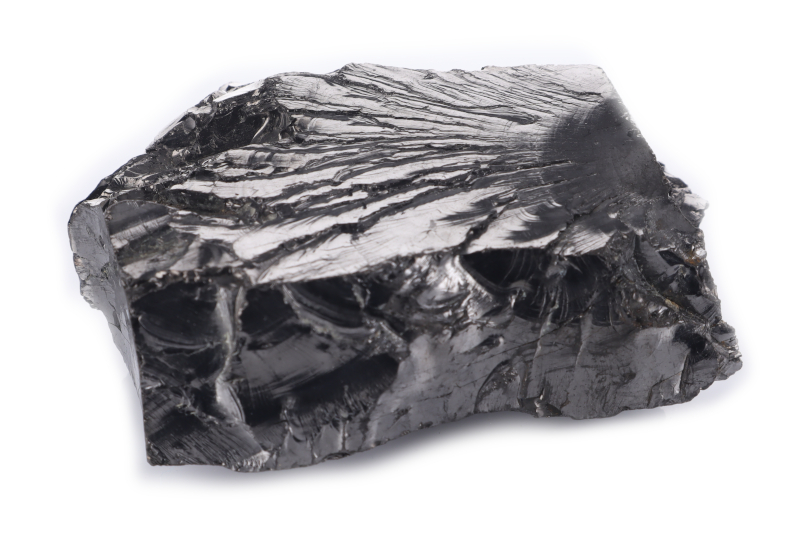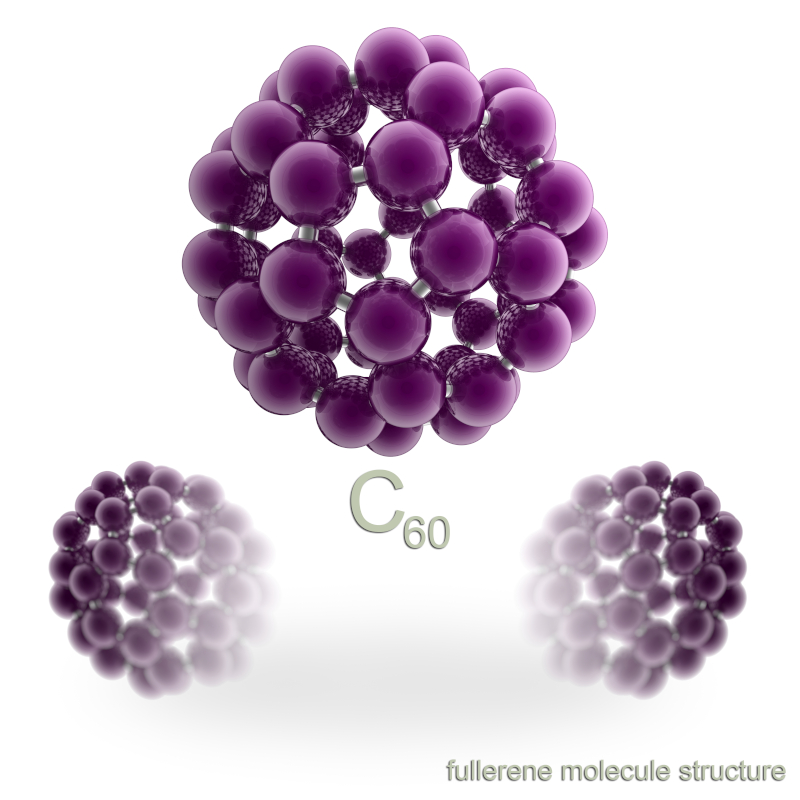Scientific Papers
Fullerenes: An introduction and overview of their biological properties
Abstract
Ever since their experimental discovery in 1985, fullerenes have attracted considerable attention in different fields of sciences. Investigations of chemical, physical and biological properties of fullerenes have yielded promising information. Their unique carbon cage structure coupled with immense scope for derivatization makes fullerenes a potential therapeutic agent. Henceforth various potential therapeutic applications of fullerenes have been reviewed in the present paper. These include anti-HIV- protease activity, photodynamic DNA cleavage, free radical scavenger, antimicrobial action and use of fullerenes as diagnostic agents.
Carbon, the common element in organic compounds, is known to exist in two allotropic forms, viz, diamond and graphite. In 1985, the third form of carbon called fullerenes was discovered [1]. The group of scientists led by Smalley, Kroto and Curl attempted to simulate the conditions under which carbon nucleates in the atmosphere of red giant stars. In the experiment, a surface of solid graphite was vaporized by irradiation with the laser into plasma containing atoms and free ions. The free atoms and ions were chilled down due to the collision with the helium atoms. Through the collision, clusters containing various numbers of carbon atoms were formed. The clusters were examined in a mass spectrometer, and it was found that clusters that had 60 and 70 carbon atoms dominated and that most clusters had 60 carbon atoms. In the beginning, the scientists had problems in producing a sufficient amount of fullerenes. They had succeeded to prepare only less than 10-15 g. But after 5 years, Kretschmer and Huffman [2], and then Kroto et al [3] developed new high yielding preparative methods for fullerenes.
Continue reading




